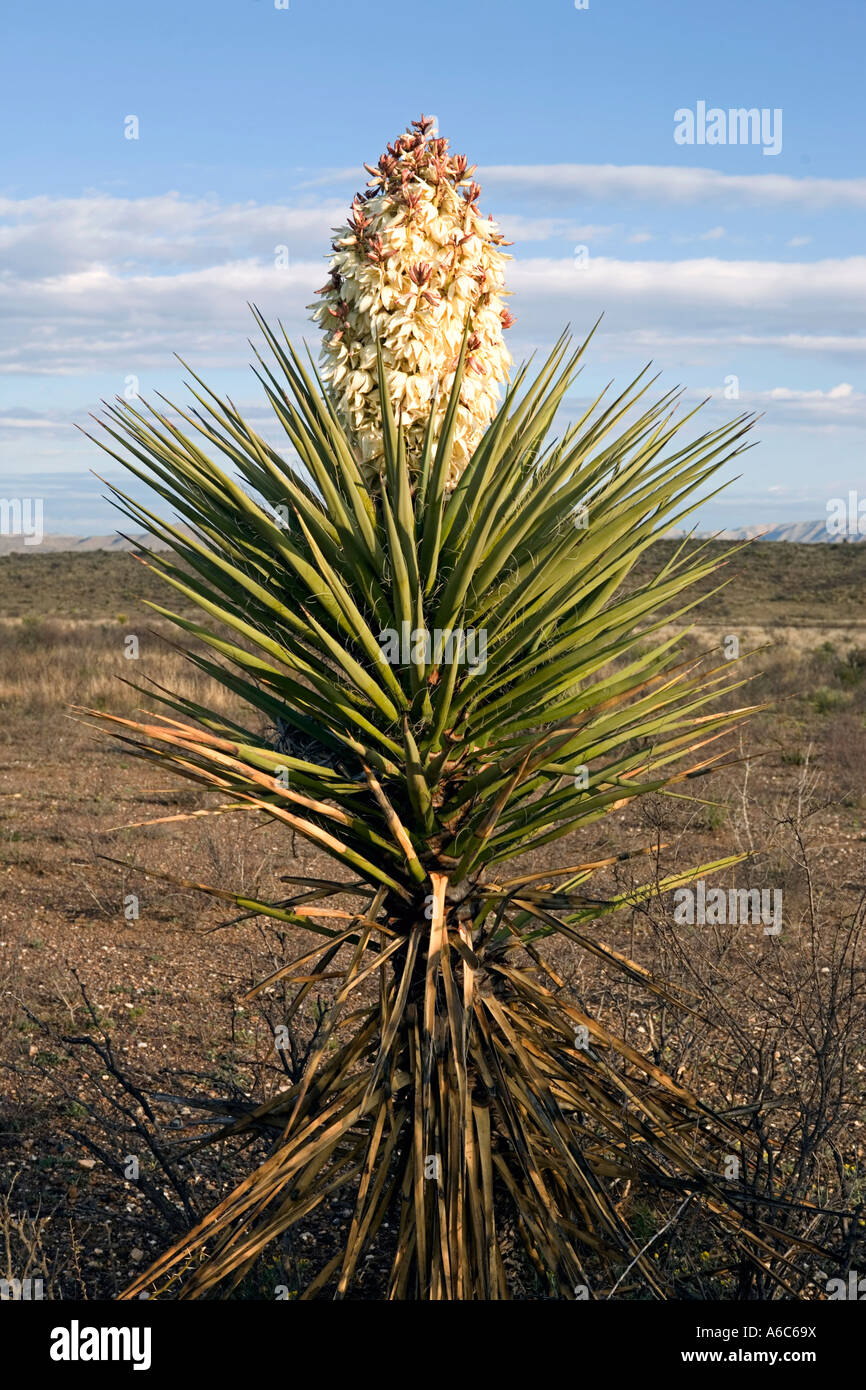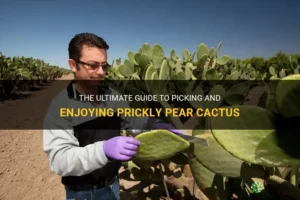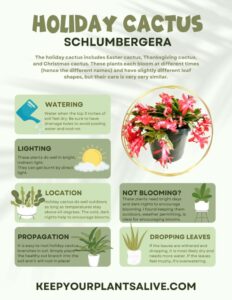In the sprawling tapestry of the West Texas desert, where the incandescent sun dances on endless horizons and the winds whisper tales of resilience, cacti reign supreme. These magnificent botanical wonders have evolved magnificently to demonstrate an unparalleled ability to thrive in austere conditions, transforming parched earth into a vibrant tableau of life. Let us embark on an exploration of the unique cactus species that grace this arid landscape, uncovering their captivating characteristics and the vital roles they play within their ecosystem.
The Desert Jewel: Saguaro Cactus
Among the iconic denizens of the West Texas desert, the Saguaro cactus stands tall and proud, akin to a sentinel of the Southwest. This towering giant, which can reach heights of up to 40 feet, embodies the very essence of resilience. With its characteristic arms outstretched towards the azure skies, the Saguaro serves not only as a landmark but also as a critical habitat for numerous desert organisms.
From the stately woodpecker that bores into its flesh to create nests, to the vibrant blooms that unfurl in spring, the Saguaro cactus offers sustenance, shelter, and beauty in one magnificent package. Its flowers, white and fragrant, emerge during the waning light of dusk, exuding a sweet perfume that captivates nocturnal pollinators. In a remarkable turn of fate, these delicate blossoms transform into ruby-red fruit, providing sustenance to both wildlife and humans alike. The Saguaro is not merely a plant; it is a testament to the artistry of evolution, a prime example of how life intricately adapts to its surroundings.
Desert Sculptures: Organ Pipe Cactus
Travel deeper into the arid expanses of West Texas, and one may encounter the striking Organ Pipe cactus, a plant that resembles a conductor with multiple branches blossoming upward like reverberating notes from nature’s symphony. With its unique cylindrical shape, this cactus stands in stark contrast to its more familiar counterparts. Its tall, ribbed arms stretch toward the heavens, each adorned with the vibrant yellow blossoms that sprout during the summer months.
The Organ Pipe cactus thrives along the borders of the desert, often found forming dense thickets that resemble a forest of green sculptures. However, its aesthetic beauty masks a fight for survival; it is a species that requires careful conservation efforts due to its declining habitats. With each blossom that flares open like a sunburst, it serves as a poignant reminder of the fragility of these ecosystems and the importance of preserving such wonders for future generations.
The Nature’s Resilient Survivor: Prickly Pear Cactus
As a symbol of adaptability, the Prickly Pear cactus invites observers to marvel at its camouflaged beauty. With broad, flattened pads that resemble green paddles, this species is both resilient and resourceful. Prickly Pears are not just aesthetically pleasing; they contribute significantly to the food web. Their delectable fruits, known as tunas, are cherished by both animals and humans alike. Harvesters often make jams, jellies, and beverages from the sweet, succulent offerings, turning the harshness of the desert into culinary delights.
While its pads are an elegant sight, they are famously armed with a plethora of spines. These sharp defenses serve as a reminder of the balance between beauty and danger within this ecosystem. In the interplay of life in the desert, the Prickly Pear stands as an embodiment of survival, ever adapting to the shifting sands of its environment.
The Hidden Gem: Cholla Cactus
Scattered across the arid landscapes, the Cholla cactus captivates onlookers with its otherworldly appearance. Resembling tufts of hair or miniature trees, this species comes in various forms, each presenting a unique aesthetic that enriches the desert’s biodiversity. The most intriguing of these is the Teddy Bear Cholla – a plant that may evoke endearment due to its appearance but harbors hidden peril within its spines, which detach easily and cling tightly to unwary passersby.
During the bloom cycle, Cholla cacti offer a vibrant display of magenta or yellow blossoms, attracting various pollinators and emphasizing their role in the intricate web of desert life. Each flower that unfurls tells a story of nature’s tenacity. The Cholla species, with its color and character, serves to remind visitors of the stark beauty that thrives against all odds.
In Conclusion: The Cactus as a Cultural Symbol
The cacti of West Texas transcend their roles as mere flora; they serve as cultural emblems resonating with themes of endurance, beauty, and synergy. This unique assemblage of cacti—Saguaro, Organ Pipe, Prickly Pear, and Cholla—reflects the heart and soul of the desert itself. As vital components of their ecosystem, they offer solace to the weary traveler and inspire awe in all who experience their presence.
Each cactus stands as a resilient monument to survival, inviting reverence and appreciation for the harsh yet beautiful landscape they adorn. As we tread through the arid expanse of West Texas, let us remember the stories whispered by the wind, the blooms that unfold in the dusky light, and the essential role these remarkable plants play in the intricate tapestry of life. In this unforgiving environment, cacti are not just survivors; they are artists, sculptors of earth and sky, encapsulating the spirit of a land built on endurance and hope.





Leave a Comment